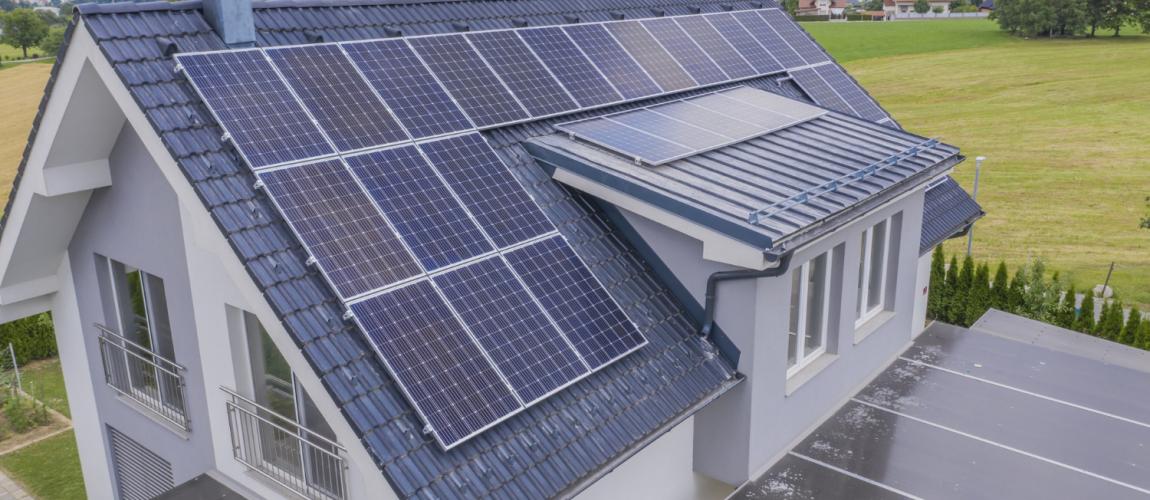Roof-top Solar Program, Gujarat, Gandhinagar, India

Photo Credit: Image by Freepik
On this page: A case study on Roof-top Solar Program, Gujarat, Gandhinagar, India. Find more at the Municipal Public-Private Partnership Framework - Project Summaries section for brief summaries of around 100 projects from around the world, examples of successes and challenges, as well as innovative ideas on solutions, or visit the Guidelines on Innovative Revenues for Infrastructure section.
Project Summary: Background In 2010, the Municipal Government of Gujarat launched the ‘Gandhinagar rooftop program,’ the first of its kind in India, to help meet the ever-growing demand for power in the region. The 5 MW solar rooftop program aimed to place photovoltaic panels on government buildings and private residences in Gandhinagar. The Gujarat Department of Energy and Petrochemicals appointed IFC as its lead transaction advisor to execute the pilot PPP project for its solar rooftop program. Project Structure The public authority, consisting of the Department of Energy and Petrochemicals of the Government of Gujarat, the Gujarat Energy Development Agency (GEDA), and the Gujarat Energy Research and Management Institute (GERMI) and assisted by IFC, designed the project and coordinated the bidding process for the selection of project developers. Two companies, Azure Power and Sun Edison, were selected as project developers through a tariff-based competitive bidding process. Each private company was allocated the development of 2.5 MW. The project developers agreed to design, install, finance, operate, and maintain the required solar energy infrastructure for 25 years. The private developers recover their capital investment and operating costs by selling the power generated by the solar installations to an off-taker, for distribution to end-users. However, the fee offered by the successful bidders was slightly higher than the tariff approved by the state electricity regulatory commission. Specifically, the private companies proposed a tariff of INR 11.21 (USD 0.16) per kWh, while the regulator-approved fare was INR 11.14. Consequently, the municipality agreed to pay the private developers INR 0.07 (USD 0.001) per kWh difference between the allowed tariff and the tariff needed to make the project viable through the duration of the project. The public authority was required to provide the project developers with access to the rooftops of public buildings for the installation of solar panels, facilitate the power purchase agreement (PPA) with the power off-taker, and monitor performance standards. As the municipality only agreed to provide sufficient space on government buildings to accommodate 80 percent of the required installations, accounting for 4 MW of generation, the project developers needed to secure additional terrace space on private residences to produce the remaining 1 MW. To motivate private households to participate in the program, the project developers planned to pay the private terrace owners a ‘green incentive’ in the form of a generation-based incentive. This would function as a rooftop leas payment of INR 3 (USD 0.04) per kWh of solar power generated by the household’s solar panels. It was forecast that the solar project would provide the city government of Gujarat with an annual net revenue of USD 400,000 over the 25-year term and reduce the city’s carbon emissions by 6,000 tons annually. Lessons Learned During the initial period of implementation, the project faced many challenges, including the reluctance of private and commercial property owners to allow the installation of solar installations on their buildings, complications related to the sale of power and revenue model, as well as difficulties in the operation and maintenance of the system. However, the situation has greatly improved. Currently, Gandhinagar generates nearly 7.5 MW of energy from solar PV plants on rooftops. As a result of the success, the project is being replicated in more cities in Gujarat.1 The project was made feasible through the support of the municipality, especially its provision of a modest tariff subsidy (to cover the slight price difference between the regulator-approved price and the tariff required by the private developers), and providing space on government buildings for the rooftop solar PV installation. Footnote 1: Source(s) https://www.ifc.org/ wps/wcm/connect/ topics_ext_content/ ifc_external_corporate_ site/sustainability-at-ifc/ publications/sba-projgujarat accessed 12 February 2019 https://mnre.gov. in/file-manager/ UserFiles/workshopgcrt- 0870616/ Gandhinagar-RTPVProgramme- GERMI.pdf accessed 9 February 2019 Agravat, Sagarkumar (2015). “Case Study of Gandhinagar Roof Top Solar PV Program.” https:// www.researchgate. net/publication/2800 94237_Case_Study_ of_Gandhinagar_Roof_ Top_Solar_PV_ Program accessed 9 February 2019 https://yourstory. com/2015/06/solarrooftop- gandhinagar/ accessed 9 February 2019
The Guidelines on Innovative Revenues for Infrastructure (IRI) is intended to be a living document and will be reviewed at regular intervals. They have not been prepared with any specific transaction in mind and are meant to serve only as general guidance. It is therefore critical that the Guidelines be reviewed and adapted for specific transactions.
To find more, visit the Innovative Revenues for Infrastructure section and the Content Outline, or Download the Full Report. For feedback on the content of this section of the website or suggestions for links or materials that could be included, please contact the Public-Private Partnership Resource Center at ppp@worldbank.org.
Updated:
TABLE OF CONTENTS
I. Innovative Revenues for Infrastructure (IRI)
2. Introduction to Commercial Value Capture (CVC)
3. Applying CVC in Infrastructure Projects
2. Case Studies in CVC from International Experiences
Related Content
Select WBG PPP Toolkits
Featured Section Links
Additional Resources
Climate-Smart PPPs
Type of ResourceFinance Structures for PPP
Type of ResourceFinancing and Risk Mitigation
Type of Resource